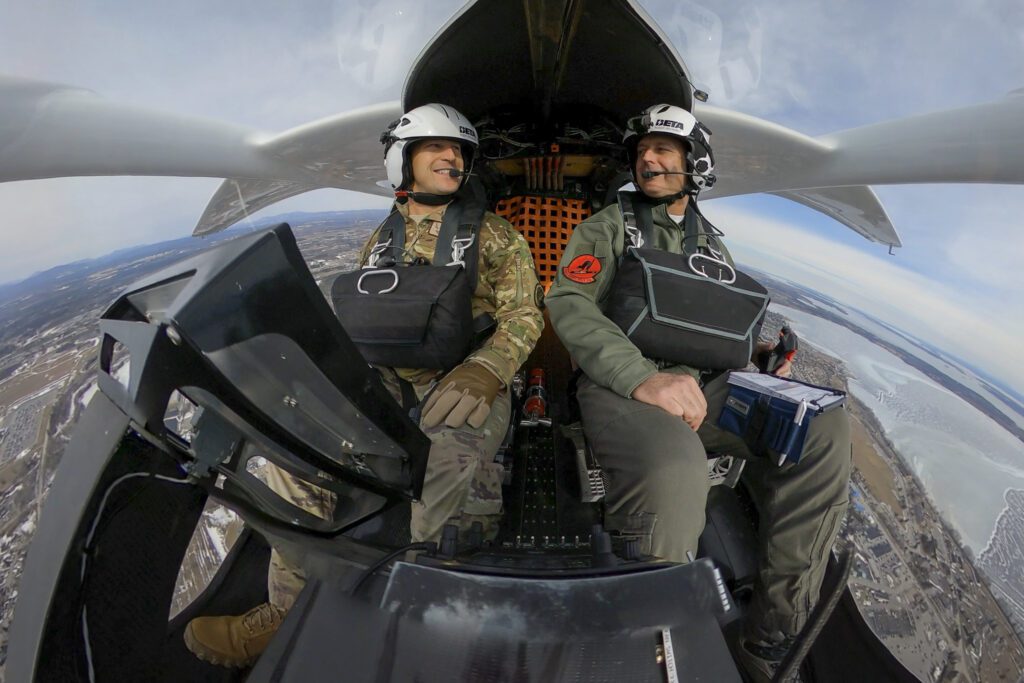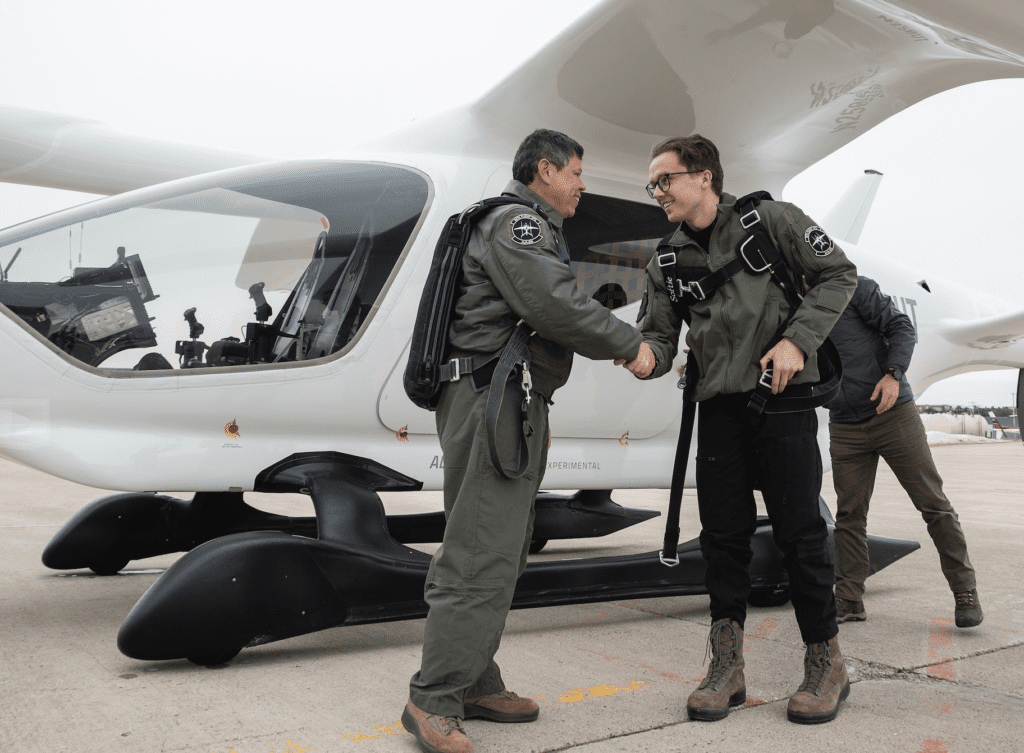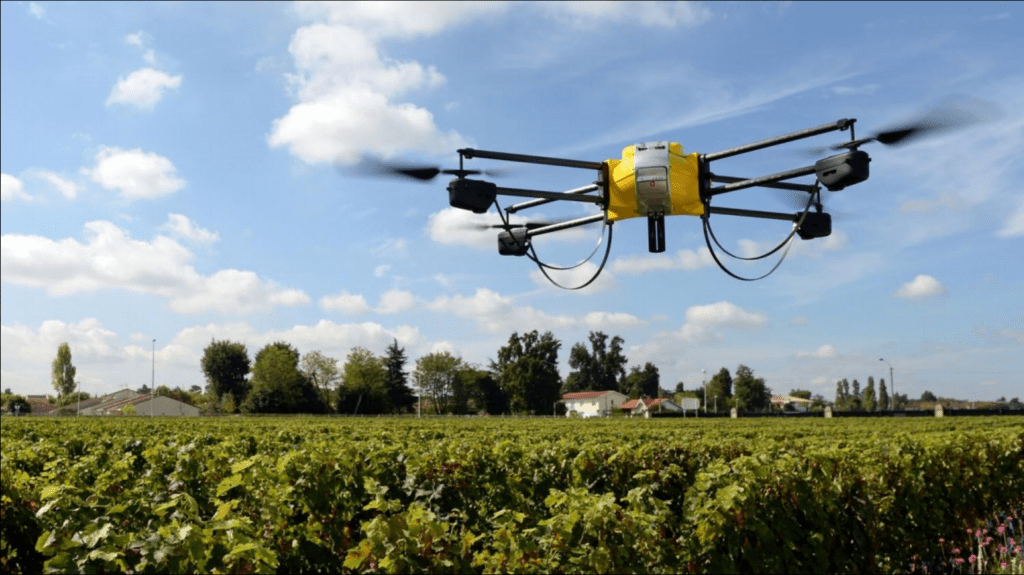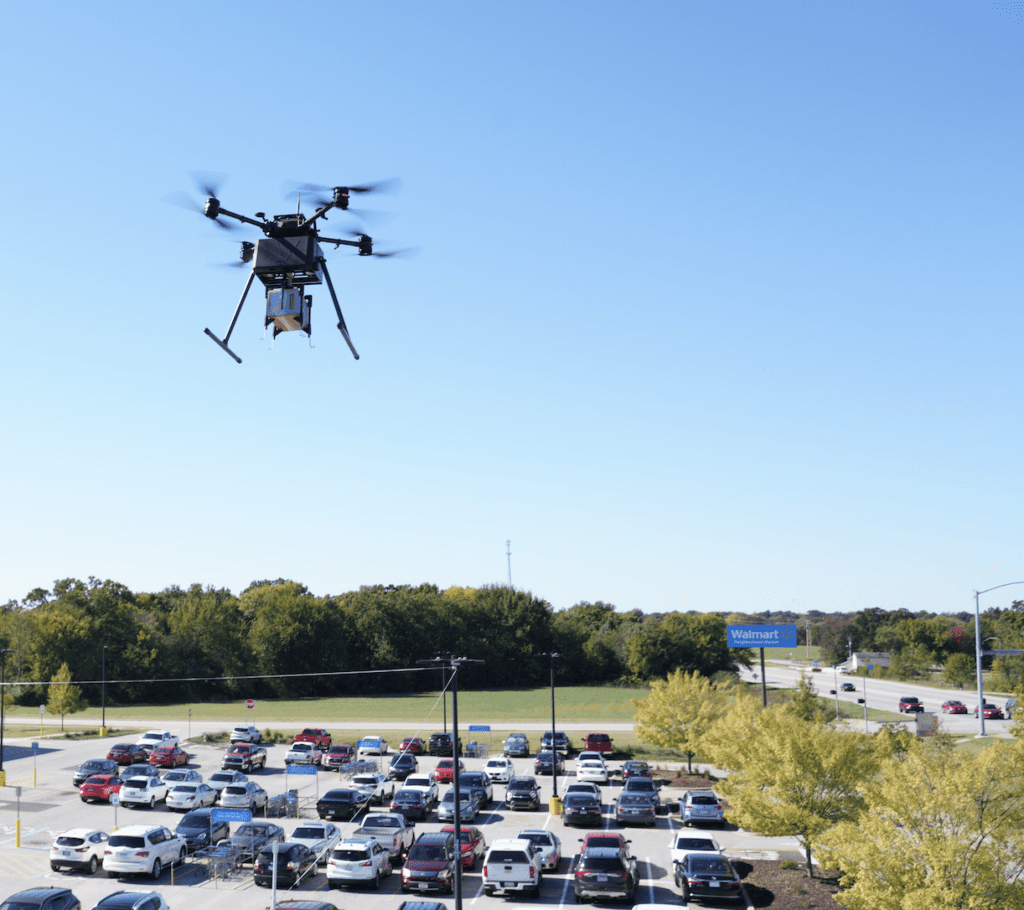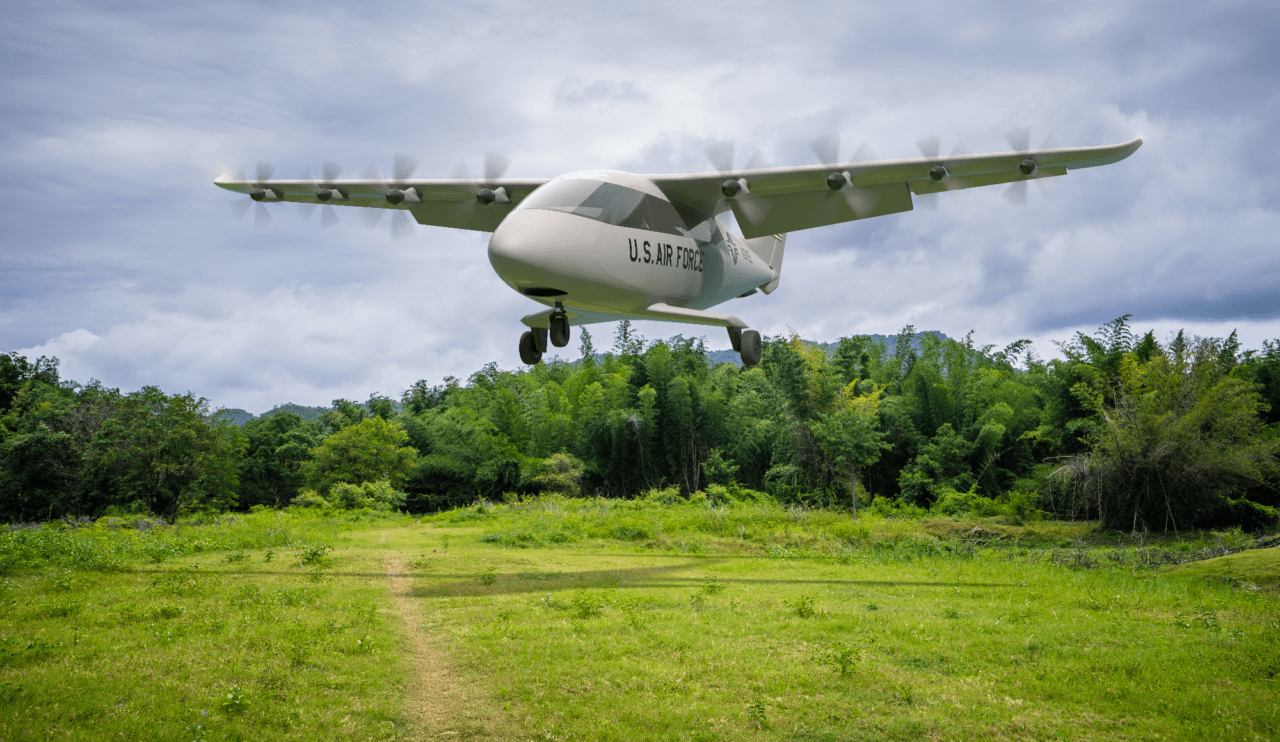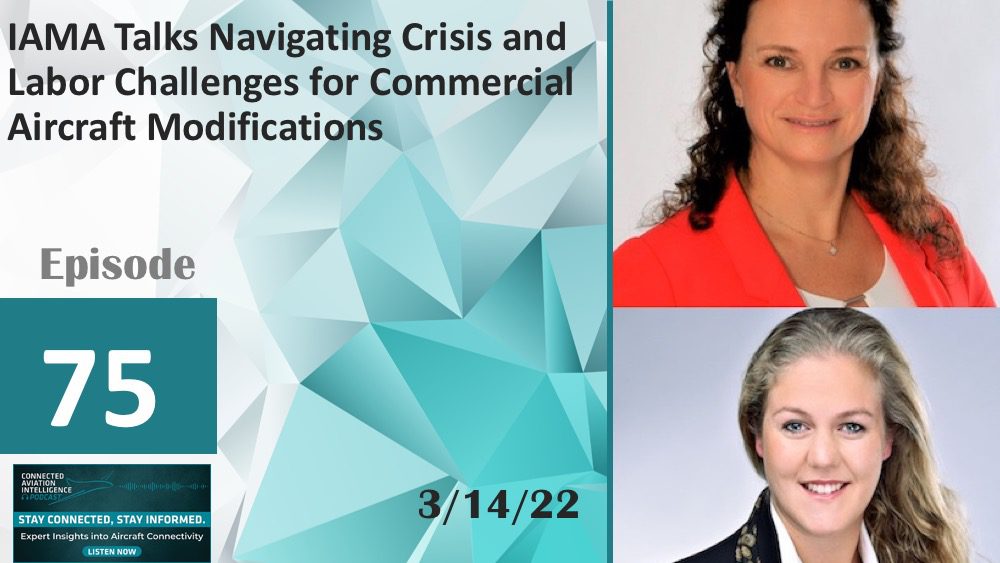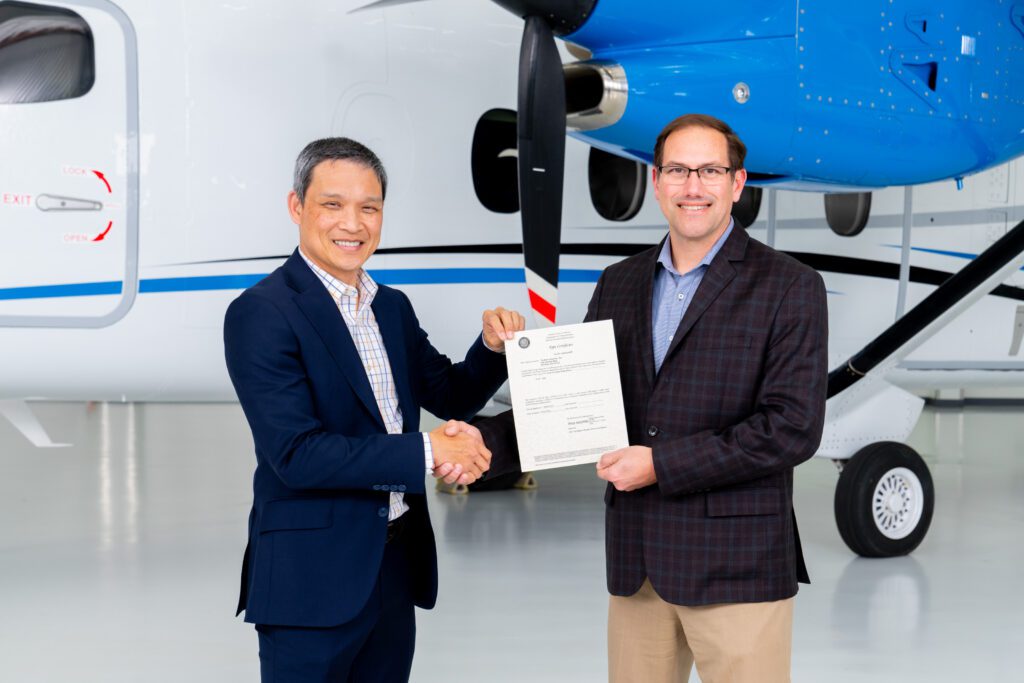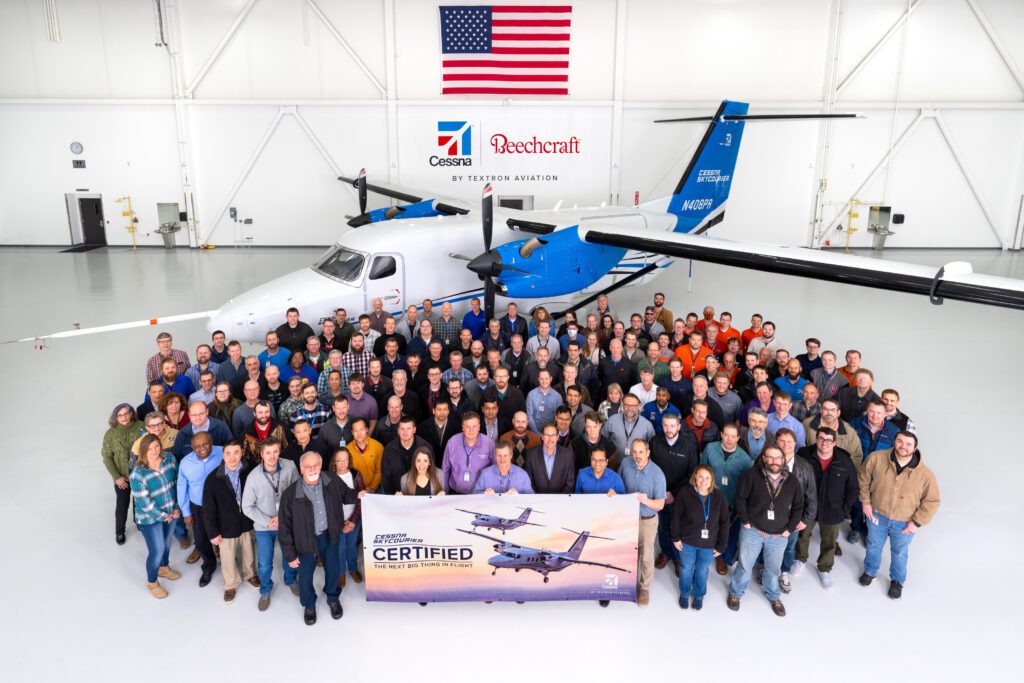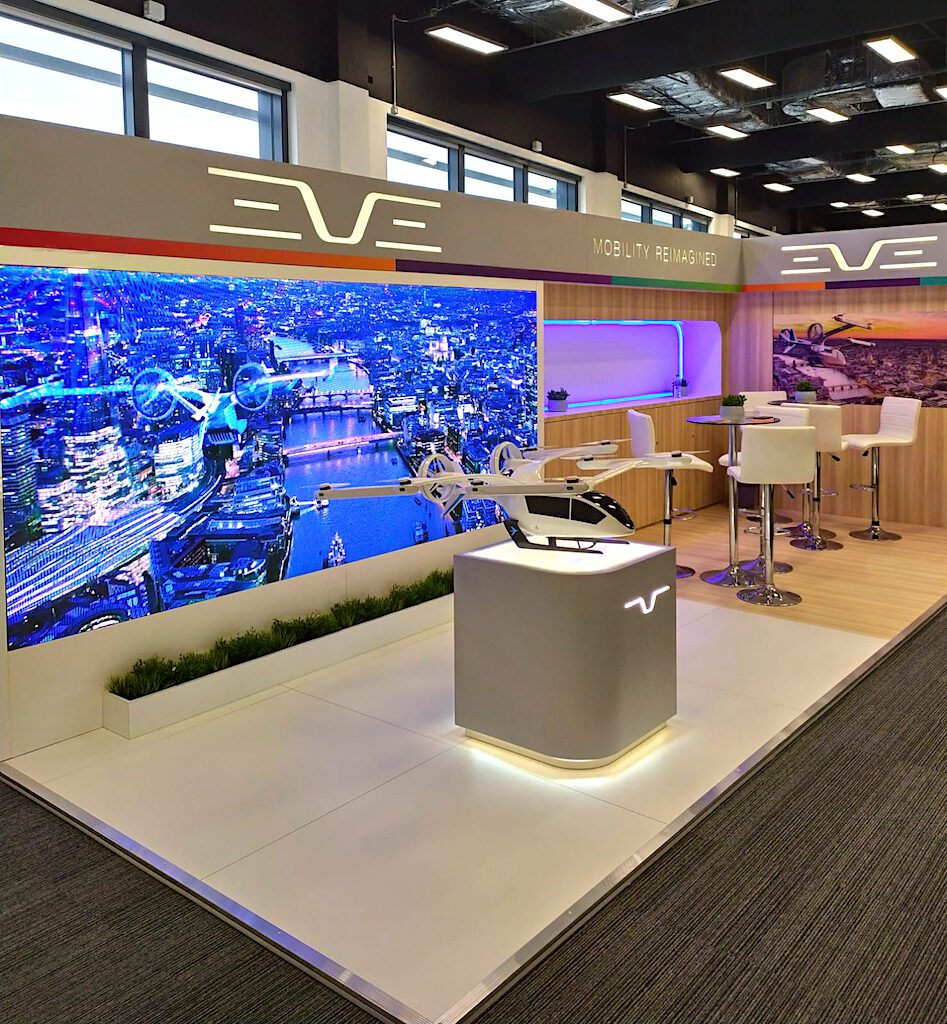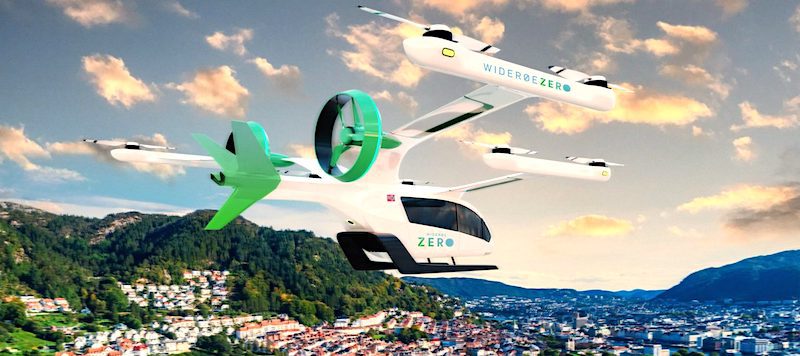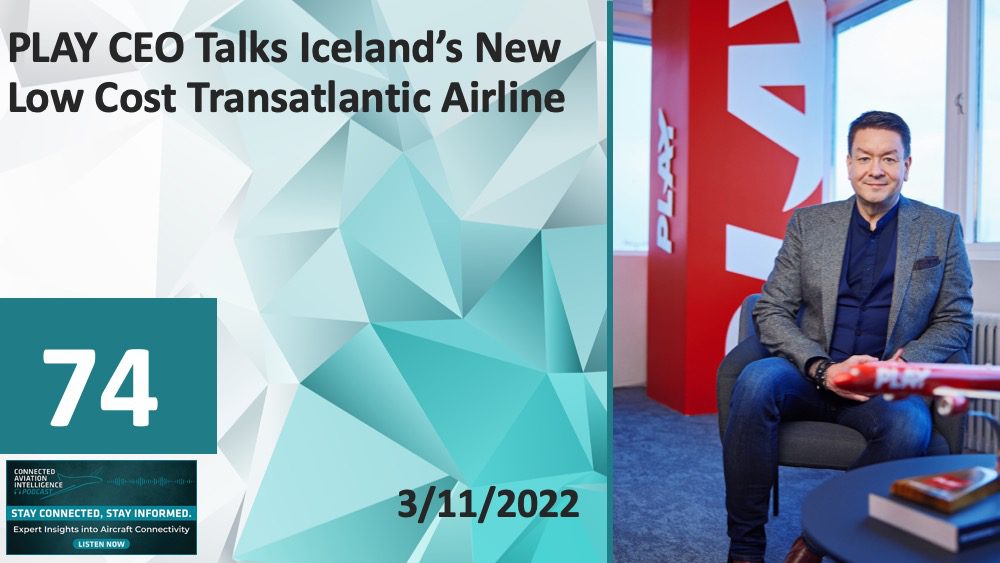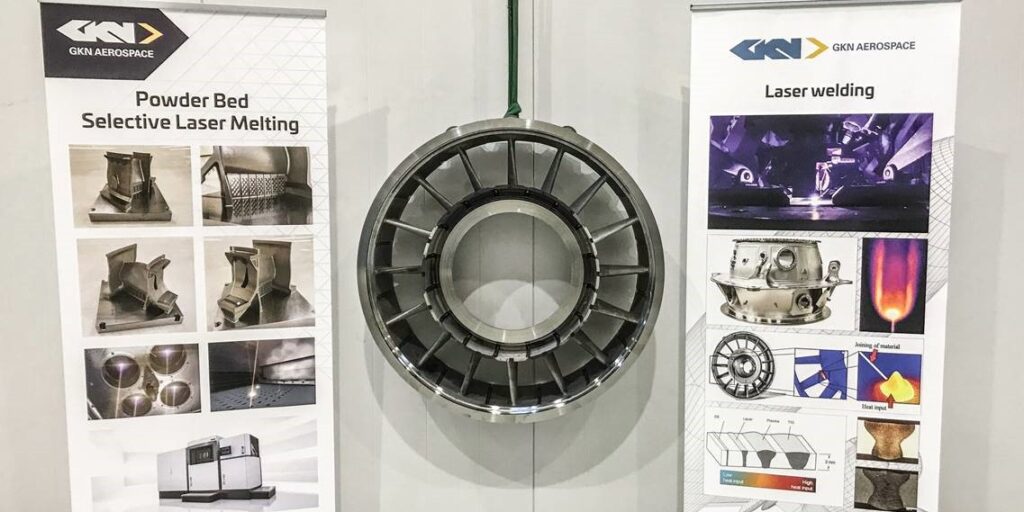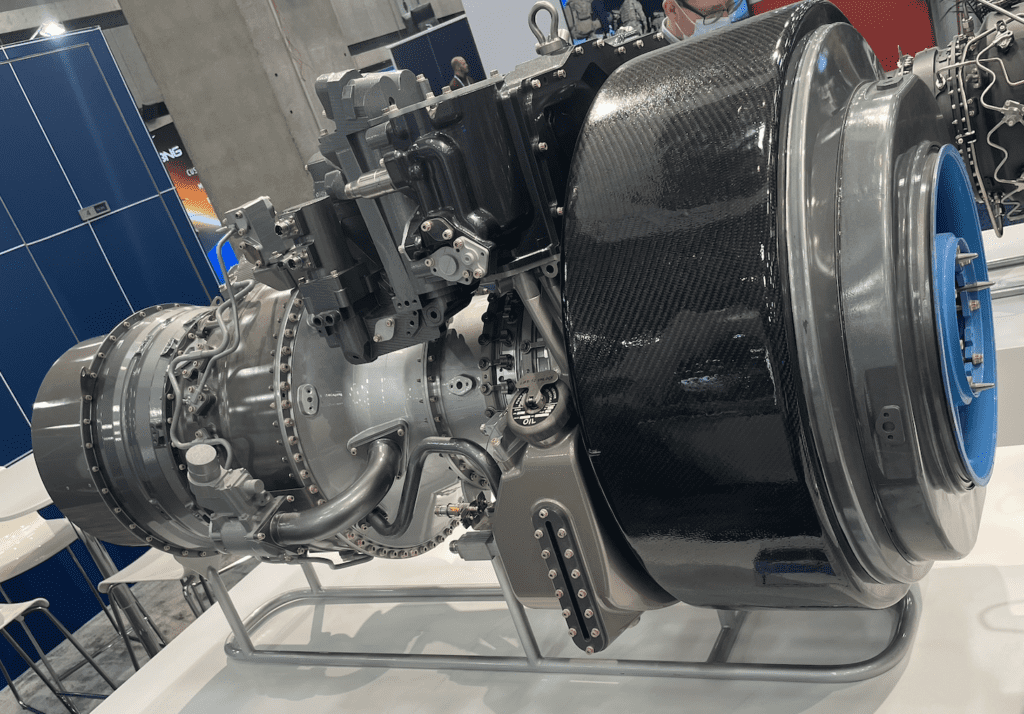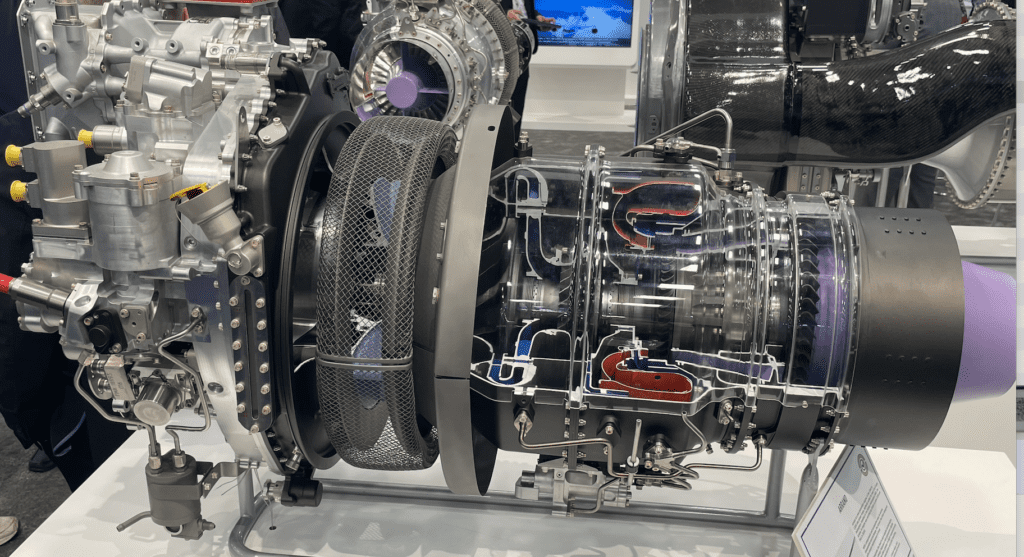

A panel discussion on eVTOL acoustics at Heli-Expo 2022 featured Juliet Page of Blue Ridge Research and Consulting, Ben Goldman of Archer Aviation, Mark Moore of Whisper Aero, and Rex Alexander of Five-Alpha LLC.
A panel discussion at this year’s Heli-Expo in Dallas, Texas, covered perspectives on acoustics of eVTOL (electric vertical take-off and landing) aircraft from several industry leaders including Ben Goldman of Archer Aviation, Mark Moore of Whisper Aero, and Juliet Page of Blue Ridge Research and Consulting.
The panel started with a presentation by Juliet Page on acoustic source modeling and the role that acoustics should play in development of eVTOL aircraft. Page is a Principal Engineer at Blue Ridge with over 35 years of experience consulting and directing research related to transportation noise, including acoustic measurement and modeling. She emphasized that manufacturers and designers of eVTOL aircraft, as well as operational designers, need to understand and be able to analyze what’s going on with their vehicle acoustically. “We need to have confidence in these tools, models, and techniques and understand the best way to provide feedback to the designers,” Page explained.
One factor that makes eVTOLs different, and more complex than conventional helicopters is that they have more rotors, which means there are more opportunities for wake interaction and potentially increased noise. The way that the RPM of the rotors on an eVTOL is controlled is also different, says Page. “They may not emit a steady sound; it may be varying in response to what the rotors and control systems are doing.”
She has observed a positive trend in the developing eVTOL industry which is that manufacturers and operators tend to bring noise to the forefront of their consideration. “Often, it is placed second-fiddle to other performance goals on aviation vehicles, so seeing noise and community acceptance as a critical parameter for this industry is really heartwarming.”
An informed approach to eVTOL acoustics should consider sound in three dimensions and should use the available tools and technologies that enable views of full simulations of the aircraft. Many eVTOL manufacturers are targeting urban air mobility (UAM), and designing for urban environments means taking into account the tall buildings present in the soundscape. It’s especially important to understand what an eVTOL aircraft will sound like in the environments where it will operate and to consider the time of day—ambient noise levels will be greater during rush hour, for example, so a louder vehicle may blend more into the background.
Page described “a need for assessing metrics for human response and human acceptability: we tend to talk more about acceptability rather than reducing the percent that are ‘highly annoyed’—the old paradigm. There is a lot of research going on regarding how to quantify that, how to measure it.”
Flight testing, she noted, is incredibly important for measuring source emissions and for informing the development of standards and regulations in the industry. NASA performed multiple flight tests in 2021, including its AAM (advanced air mobility) National Campaign with Joby Aviation, where they collected vehicle performance and acoustic data from Joby’s aircraft. They used a two-dimensional ground array of microphones, which allowed them to characterize the source emissions. “Having the data allows us to come up with best practices of how you measure these vehicles, where you put the microphones, how many you need, how dependent it is on the particular vehicle.”
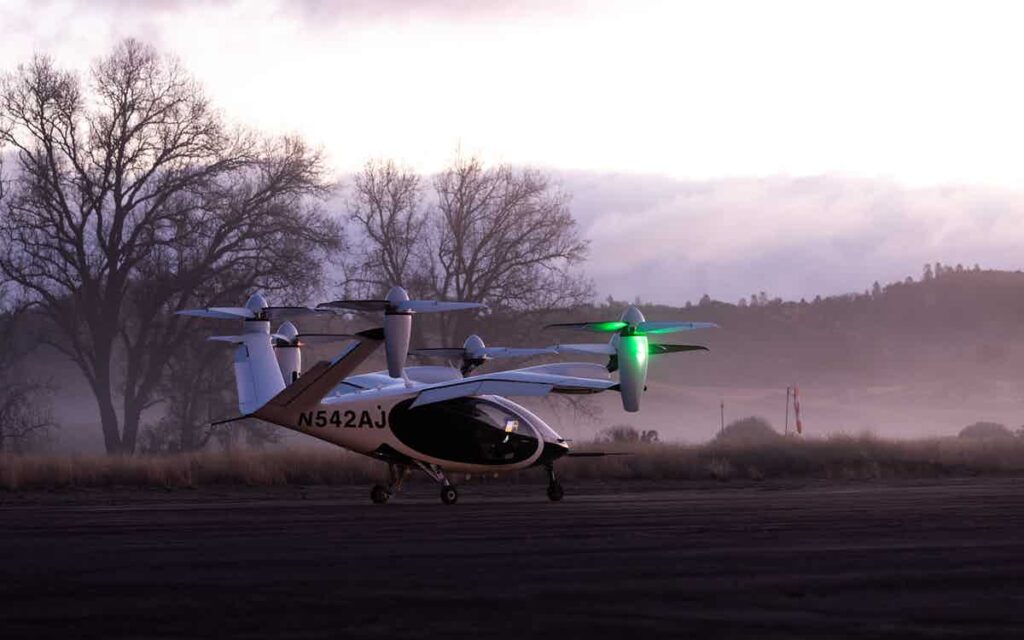
Joby was the first eVTOL company to test with NASA’s AAM National Campaign. (Joby Aviation)
Ben Goldman, acoustics manager at Archer Aviation, shared that the noise emissions of their eVTOL vehicle have been a focal point for the company since the start. Goldman, who has previously worked on acoustics at both Bell Helicopter and Joby Aviation, stated, “It is a critical aspect of the design of this vehicle, in terms of integrating it into the market. The most important thing to focus on is a gap that exists right now in quantifying the value of these changes that we have. We’re slowly learning how to quantify public acceptance and annoyance, but the question becomes how much is a percent, a dB, worth to the design of the vehicle? That’s been a challenge in driving the noise down as low as it can go while still being able to close the business case.”
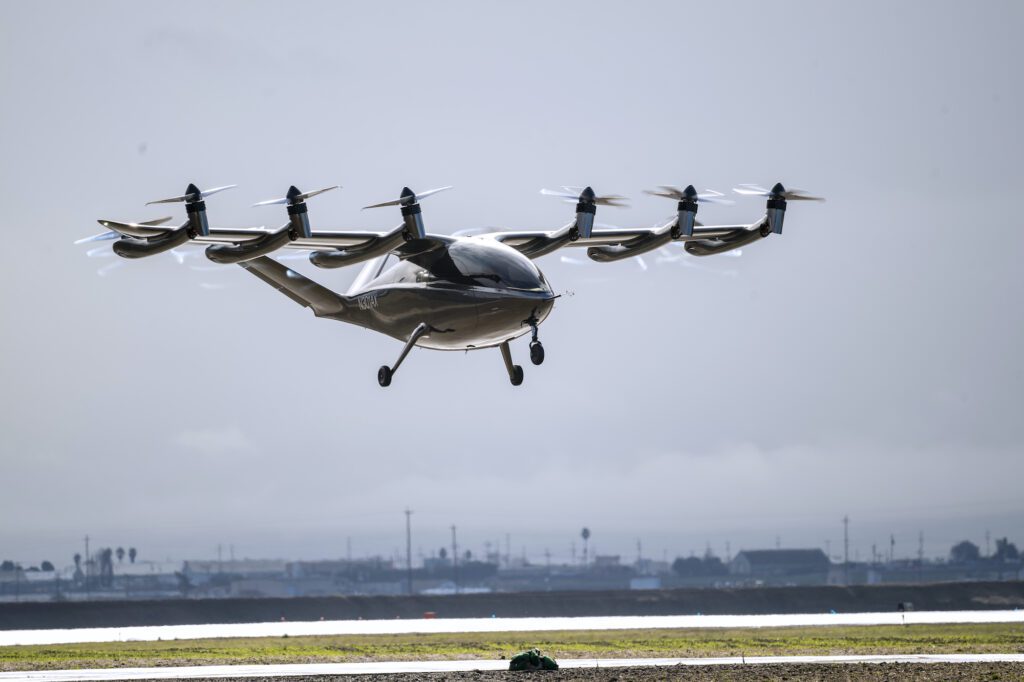
Archer Aviation’s Maker eVTOL was unveiled in June 2021. (Archer)
At Archer, much consideration is put into mixing the noise sources in such a way that there are no dominant tones. “We’re really focused on trying to make this vehicle blend into the background,” Goldman explained. “This is very much dependent on understanding not just how tools coming out of the industry can inform us and support the design, but understanding how our testing can feed back. It’s been a challenge to get companies to share that information outright. It’s an intellectual property issue, it’s very much a competitive market, so everyone is interested in keeping this sort of information close to the chest.”
Mark Moore, CEO of Whisper Aero, shared that the company’s mission is “propelling quiet electric technologies from fans to flight,” and that its electric aircraft design was always intended to be a community-friendly solution. Although Whisper Aero was just founded a couple of years ago, Moore has extensive experience in urban air mobility (UAM) and was an engineer at NASA for 32 years in addition to co-founding the Uber Elevate program. He observes that the world is becoming increasingly urbanized, and people are living and working closer and closer together. When neighborhoods and communities spring up around small airports, sometimes the noise complaints from the community result in the airport shutting down. “For any existing heliport and small airport where operators are trying to fundamentally change the nature of the operations and go to scale, it requires a new level of buy-in from the community,” Moore said. “We live in a future—especially in Europe—where noise will be budgeted.”

Whisper Aero is headquartered in rural Tennessee near a small airport. (Whisper Aero)
Moore expects that in advancing eVTOL aircraft and integrating them into communities, there are multiple obstacles to overcome, including customer bias. Based on survey results, he said, “People are uncomfortable with big spinning things in close proximity to them, and with flying in an aircraft that is dependent on a single engine.” Noise is often a catch-all for the many community complaints against helicopters. “When one of these helicopters flies over and they hear it, they can lodge a complaint relating to that noise. Often that noise is being used as a proxy for another complaint—’There’s some rich guy flying overhead, inconveniencing me with his noise, and I will never be able to take advantage of that.’ There’s no derived benefit from the risk of aircraft flying overhead. We have to fix all of these things together to make a difference.”
In addition to customer bias, other challenges are that production volumes for helicopters and eVTOLs are very low, the vehicles themselves are very expensive, and operating costs are high. Moore believes that a way to overcome these challenges is by focusing on solutions that can scale up. “Maximum revenues and cost-effectiveness come with scaled operations. If we’re really going to take eVTOLs or regional air mobility aircraft into the mainstream, we need to be doing a lot more operations than 20 times a day,” he concluded.
The post The Quiet eVTOL Revolution: Designing Acoustics for Public Acceptance appeared first on Aviation Today.
—————
Boost Internet Speed–
Free Business Hosting–
Free Email Account–
Dropcatch–
Free Secure Email–
Secure Email–
Cheap VOIP Calls–
Free Hosting–
Boost Inflight Wifi–
Premium Domains–
Free Domains


